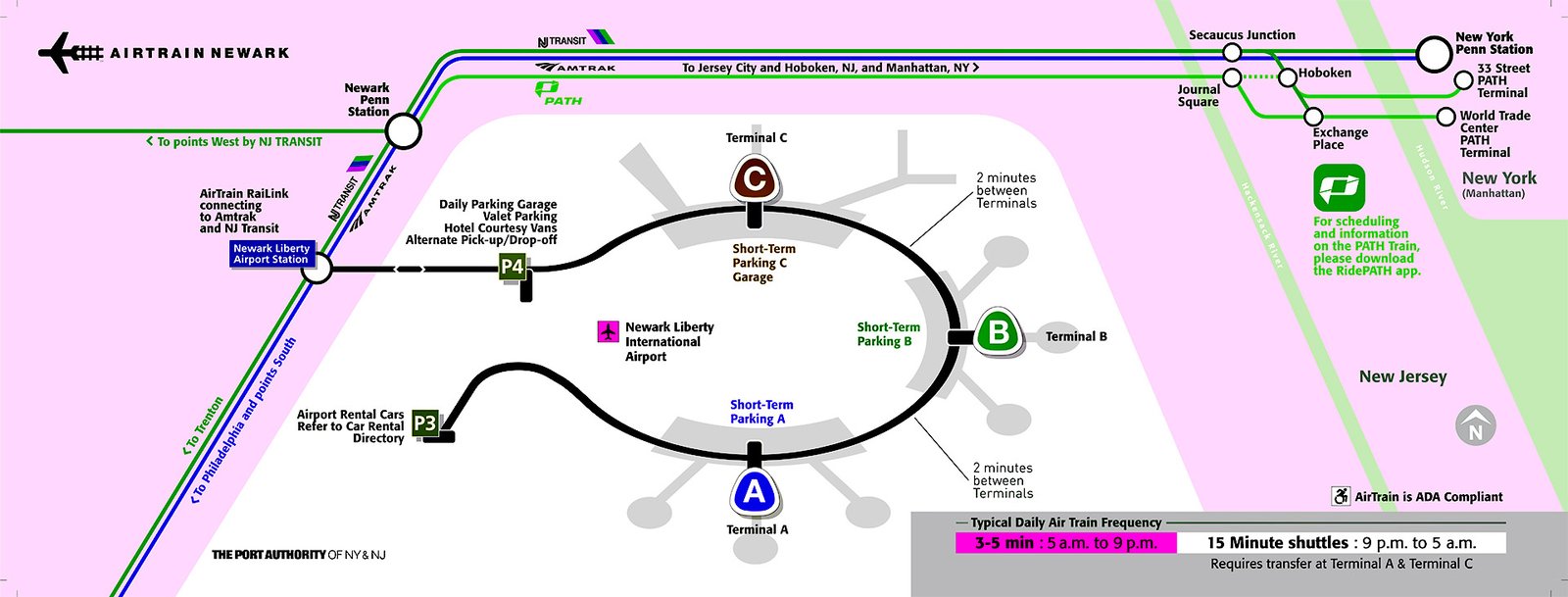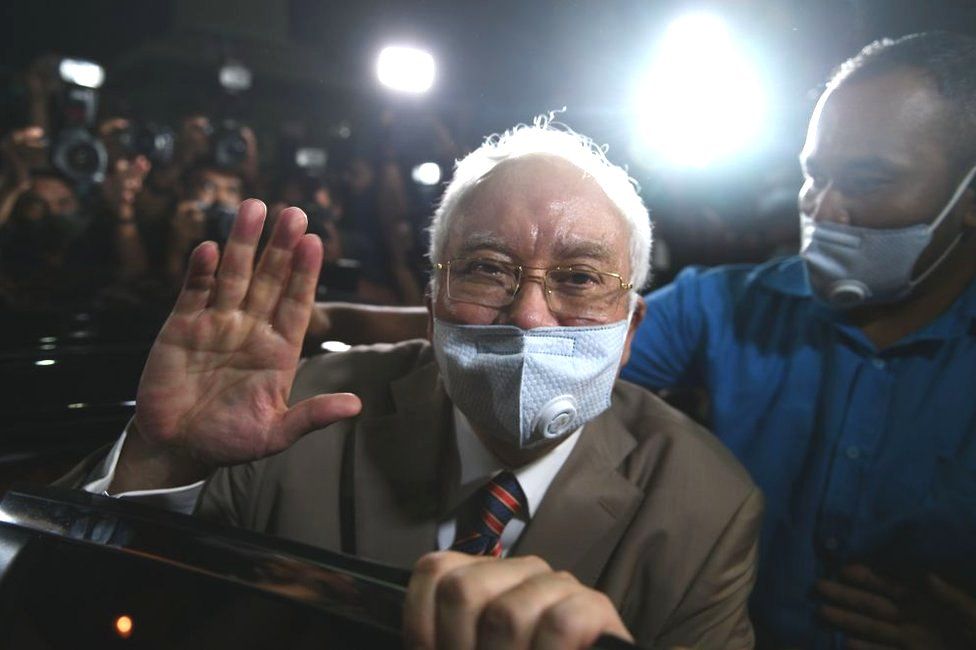Failed Air Traffic Control Policy: Newark Airport's Ongoing Crisis

Table of Contents
Root Causes of Newark Airport's Air Traffic Control Issues
The current state of air traffic control at Newark Airport isn't simply a matter of bad luck; it's a complex problem stemming from interconnected issues.
Understaffing and Burnout
Newark, like many major airports, faces a significant shortage of air traffic controllers. This understaffing isn't just a matter of numbers; it directly translates to overworked and burnt-out controllers. The relentless pressure of managing a high volume of flights with insufficient personnel leads to increased stress, fatigue, and ultimately, a higher risk of errors. Attrition rates among controllers are alarmingly high, further exacerbating the problem. The FAA struggles to recruit and retain qualified candidates, creating a vicious cycle.
- Increased sick leave rates: Overworked controllers are more susceptible to illness and require more time off.
- Higher error rates: Fatigue and stress contribute to a higher likelihood of mistakes, increasing the risk of accidents.
- Increased stress levels among controllers: The constant pressure of managing air traffic with inadequate staffing leads to burnout and potential health problems.
Outdated Technology and Infrastructure
The technology supporting air traffic control at EWR is demonstrably outdated. Outdated radar systems, communication networks, and other critical infrastructure contribute to inefficiencies and delays. Lack of seamless data integration between different systems leads to bottlenecks and a decreased ability to react swiftly to unexpected events. These technological shortcomings often manifest as system failures, glitches, and a general lack of real-time situational awareness.
- System failures and glitches: Outdated systems are prone to malfunctions, leading to disruptions and delays.
- Lack of real-time data integration: Information silos hinder effective coordination and decision-making.
- Difficulties in coordinating with other airports: Outdated communication systems hamper efficient collaboration with neighboring airports.
Ineffective Policy and Management
Beyond the immediate issues of staffing and technology, there are deeper systemic problems within the air traffic control policies and management at EWR. A lack of proactive planning for future growth, inadequate training programs for controllers, and a slow response to emerging challenges have all contributed to the current crisis. Bureaucratic inefficiencies and a lack of accountability further hinder effective problem-solving.
- Lack of proactive planning for future growth: Failure to anticipate the increasing demand for air travel has led to inadequate resource allocation.
- Inadequate training programs for controllers: Insufficient training leaves controllers unprepared to handle the complexities of modern air traffic management.
- Slow response to emerging challenges: A lack of agility in addressing operational issues exacerbates existing problems.
Consequences of the Failed Air Traffic Control Policy at Newark Airport
The consequences of the failing air traffic control system at Newark Airport are far-reaching and severe.
Flight Delays and Cancellations
The sheer number of flight delays and cancellations is staggering. Passengers face hours of delays, missed connections, and significant inconvenience. The average delay times are substantially higher than at comparable airports, and the associated costs—including lost productivity, hotel expenses, and the emotional toll on travelers—are substantial.
Economic Impact
The disruptions at EWR have a significant ripple effect on the regional economy. Businesses suffer from delayed shipments, lost productivity, and decreased tourism. The negative publicity surrounding the airport's chronic problems further damages its reputation and discourages potential visitors and investors.
Safety Concerns
Perhaps the most alarming consequence is the potential safety risk associated with overworked controllers and outdated technology. While catastrophic accidents haven't occurred yet, near misses and incidents highlight the fragility of the system. The cumulative effect of fatigue, stress, and technological limitations poses a significant threat to aviation safety.
Potential Solutions and Future Outlook
Addressing the Newark Airport air traffic control crisis requires a multi-pronged approach.
Increased Funding and Staffing
The most immediate need is a significant increase in funding to attract and retain qualified air traffic controllers. Competitive salaries, improved benefits, and enhanced training programs are essential to address the staffing shortage.
Technological Upgrades
Modernizing the technology and infrastructure at Newark Airport is crucial. Investing in state-of-the-art radar systems, communication networks, and data integration platforms will enhance efficiency, safety, and resilience.
Policy Reforms
Significant policy reforms are needed to address the underlying systemic issues. This includes improving resource allocation, enhancing training programs, and fostering a culture of accountability and proactive problem-solving within the air traffic control system.
Improved Collaboration
Effective communication and collaboration between the FAA, airport authorities, airlines, and other stakeholders are essential. Improved information sharing and coordinated planning are crucial for preventing future crises.
Addressing the Crisis of Newark Airport's Failed Air Traffic Control Policy
In conclusion, the air traffic control crisis at Newark Airport is a result of a confluence of factors: understaffing, outdated technology, and ineffective policies. The consequences are severe, impacting passengers, the regional economy, and aviation safety. To prevent further disruptions and ensure the safe and efficient operation of EWR, immediate action is required. We need increased funding for staffing and technology upgrades, comprehensive policy reforms, and improved collaboration among all stakeholders. Contact your representatives today to advocate for improvements in air traffic control policy at Newark Airport and other major airports facing similar challenges. Let's work together to fix this failed air traffic control policy and ensure a smoother, safer air travel experience for everyone.

Featured Posts
-
 Zal De Snelle Markt Draai Van Europese Aandelen Ten Opzichte Van Wall Street Aanhouden
May 24, 2025
Zal De Snelle Markt Draai Van Europese Aandelen Ten Opzichte Van Wall Street Aanhouden
May 24, 2025 -
 Could Jonathan Groffs Just In Time Performance Secure A Tony Award
May 24, 2025
Could Jonathan Groffs Just In Time Performance Secure A Tony Award
May 24, 2025 -
 Financial Strain Forces Canadians To Neglect Car Theft Prevention
May 24, 2025
Financial Strain Forces Canadians To Neglect Car Theft Prevention
May 24, 2025 -
 French Investigation Sheds Light On Najib Razaks Potential Involvement In Submarine Deal
May 24, 2025
French Investigation Sheds Light On Najib Razaks Potential Involvement In Submarine Deal
May 24, 2025 -
 Escape To The Country Finding Your Perfect Country Home
May 24, 2025
Escape To The Country Finding Your Perfect Country Home
May 24, 2025
